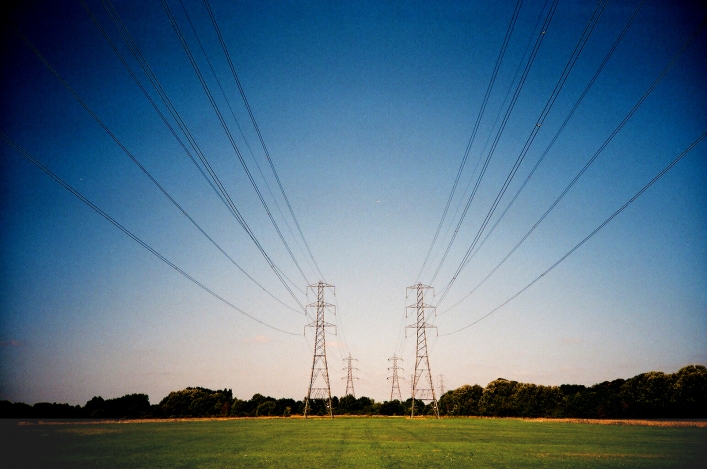
Upside Energy’s Virtual Energy Store uses algorithms to optimise energy storage devices between self-consumption and providing services to both distribution and transmission networks.
A new energy demand response start-up is preparing to launch within weeks which will use machine learning and artificial intelligence to manage a portfolio of storage assets and provide real-time energy reserves to the grid.
Upside Energy’s Virtual Energy Store aims to relieve stress on the grid by using predictive algorithms to manage a number of distributed storage resources to reduce reliance on the spinning reserve capacity provided by traditional power stations.
The energy start-up’s cloud service currently coordinates batteries and other devices at around 40 sites but has the potential to manage thousands more across a broad portfolio of technologies, including small batteries within uninterruptible power supplies (UPS), electric vehicles and solar PV.
The company signed a firm frequency response (FFR) bridging contract with the National Grid in November and is currently qualifying its assets before officially launching its commercial service by early March.
Upside will begin by providing initial service to large batteries at Sheffield and Manchester Universities before seeking to take advantage of National Grid’s decision to lower the minimum entry point for its main frequency response tendering market from 10MW to 1MW from April.
The company will seek to build its access to batteries and other smart devices, such as home storage, intelligent hot water tanks or businesses’ reserve power supplies, by offering a second revenue stream in the form of frequency response.
Speaking to Solar Power Portal yesterday Dr Graham Oakes, founder and chief executive of Upside Energy, said: “Somebody with a home battery system is maximising their self-consumption of PV which is giving them an arbitrage value because they're avoiding buying from the grid. That gives you a 15-20 year payback on a home battery system.
“What we're doing is then using some of the battery to deliver initially a frequency response service to National Grid and that probably gives you a 50%, maybe even 100% increase on your revenue so that dramatically improves your payback on the battery system and starts to make that economic.
“This is where the algorithms come in because what we now need to be able to do is manage how we optimise between self-consumption, providing services to National Grid, providing services to the distribution network and so on, so we have quite a complex portfolio management problem to work out how to maximise that value. That's where we start building that machine learning to build those types of algorithms.”
The company is also targeting commercial businesses in an effort to utilise their backup power reserves.
“There's quite a few people that are interested because it’s getting them a revenue stream on an existing asset, so its money for free, and also its an environmental benefit because we're displacing spinning reserve from traditional fossil fuel plant,” Oakes added.
In order to grow this capability, the company has recently been awarded a Knowledge Transfer Partnership (KTP) grant worth £98,400 alongside Heriot-Watt University in Edinburgh. This will be used to fund a researcher over two years to grow the company’s algorithms for grid prediction and demand response portfolio management.
Dr Valentin Robu from the university added: “Demand response is emerging as a key technology to assure the stability of next-generation power grids, and there is an increasing need for smart control strategies that enable distributed energy storage assets to perform demand response.
“Techniques developed in the machine learning and distributed artificial intelligence communities will have an increasing role to play in enabling these efforts.”

